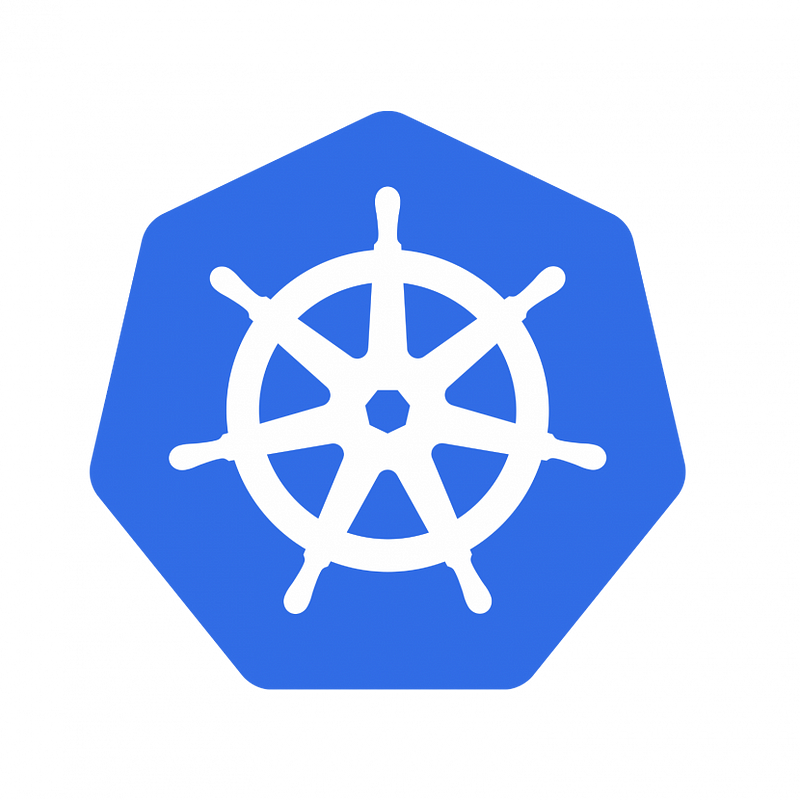
Developing applications that will be deployed on a Kubernetes cluster often requires a local setup where you can test your code before deploying it to a production environment. This article will guide you through the steps to set up Kubernetes locally using Kubectl, a Virtual Machine (VM) driver, and Minikube.
Step 1: Install kubectl
Kubectl is the command line interface (CLI) for interacting with the Kubernetes master. It allows developers to deploy applications, inspect and manage cluster resources, and view logs. Here Installation varies depending on the operating system, you can find the instructions for your device on the offical Kubernetes website.
Step 2: Install a VM Driver
A VM driver is essential for creating an isolated environment that mimics a physical machine. One of the most popular VM drivers for Kubernetes development is VirtualBox. It’s used to create a VM that will serve as your single node in the cluster.
To install VirtualBox, visit the official VirtualBox website and follow the instructions for your operating system.
Step 3: Install Minikube
Minikube is a tool that runs a single-node Kubernetes cluster inside a VM on your laptop. It’s perfect for users looking to try out Kubernetes or develop with it day-to-day. You can get installation instructions for your website on the official Minikube website.
Once installed, you can start a cluster by running:
minikube start
How It All Works Together
- kubectl: This is your primary tool for interacting with the Kubernetes cluster. You will use it to deploy and manage applications within your containers on the node.
- Minikube: It simplifies the Kubernetes installation by managing the VM that your Kubernetes node will run on. It effectively replaces the master component in a local development scenario.
Your Local Kubernetes Cluster
Once you’ve installed kubectl and Minikube, your local development environment is set up as follows:
- Your Computer: Hosts the virtual machine created and managed by Minikube.
- Virtual Machine (Node): This VM, provisioned by VirtualBox, runs a single-node Kubernetes cluster via Minikube. This node contains all the necessary Kubernetes components, like kubelet and kube-proxy.
- Containers: The containers running inside the virtual machine represent the pods that are typically managed by Kubernetes in a multi-node setup.
Conclusion
With kubectl, a VM driver like VirtualBox, and Minikube, setting up a Kubernetes development environment on your local machine is a straightforward process. This setup allows you to test, develop, and debug your applications in an environment that closely mirrors a production Kubernetes cluster, providing a robust workflow for modern application development.
,





